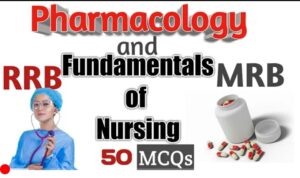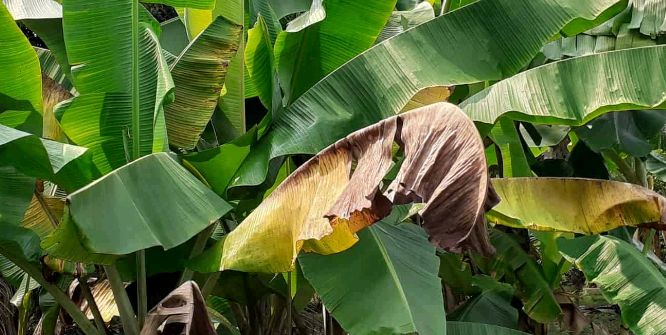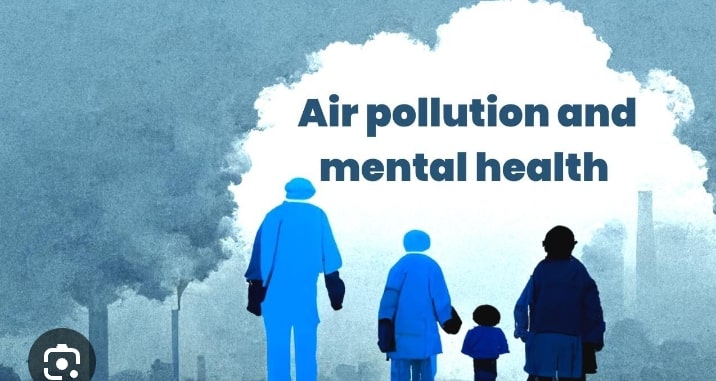Pharmacology and Fundamentals in Nursing Questions & Answers
Pharmacology and Fundamentals in Nursing Questions & Answers
1. Hospital acquired infection is known as?
A. Droplet infection
B. Opportunistic infection
C. Nosocomial infection
D. Contamination
An. C. Nosocomial infection
2. Agent that inhabit the growth of bacteria is called..
A. Bacteriostatic
B. Bacteriocide
C. Sepsis
D. Antiseptic
An. B. Bacteriocide
3. Immediate disinfection of all contaminated articles during the cause of disease is called..
A. Terminal disinfection
B. Concurrent disinfection
C. Sterilization
D. Autoclaving
An. B. Concurrent disinfection
4. Disinfection of the patients unit after the discharge or death of the patient is called?
A. Terminal disinfection
B. Sterilization
C. Concurrent disinfection
D. Disinfection
An. A. Terminal disinfection
5. A person who harbours pathogenic organism of a disease in his body without showing the signs and symptoms of the disease is called?
A. Carrier
B. Fomite
C. Rodent
D. Pathogen
An. A. Carrier
6. Objects which are capable of transmitting diseases are called?
A. Sepsis
B. Asepsis
C. Fomite
D. Carrier
An. C. Fomite
A fomes or fomite is any inanimate object capable of transferring disease to a new host when contaminated with infectious agent such as bacteria or viruses.
7. Destruction of all micro organisms both pathogenic and non pathogenic os called?
A. Disinfection
B. Sterilization
C. Immunization
D. Antiseptics
An. B. Sterilization
8. For effective sterilization in the autoclave the temperature should be?
A. 121°C
B. 121°F
C. 100°C
D. 100°F
An. A. 121°C
9. Rapid switching of the ventricles is ?
A. ventricular fibrillation
B. Atrial fibrillation
C. Sinus arrhythmia
D. Arrhythmia
An. A. ventricular fibrillation
10. Total cessation of breathing is called?
A. Apnea
B. Bradypnea
C. Orthopnea
D. Tachypnea
An. A. Apnea
11. Difficult laboured breathing is called?
A. Apnea
B. Orthopnea
C. Dyspnea
D. Tachypnea
An. C. Dyspnea
12. Rothera’s test is the test for?
A. Albumin
B. Sugar
C. Ketone bodies
D. Bile Salt
An.C. Ketone bodies
13. Brown crusts which are formed on the teeth and lips are called?
A. Calculus
B. Sordes
C. Tartar
D. Enamel
An. B. Sordes
14. Cracking or ulceration of the lips and angles of the mouth is called?
A. Pyorrhea
B. Calculus
C. Cheilosis
D. Sordes
An.C. Cheilosis
15. Inflammation of the stomach is called?
A. Stomatitis
B. Gastritis
C. Cheilosis
D. Enteritis
An. B. Gastritis
16. The term dysphagia means?
A. Difficulty in swallowing
B. Difficult in speaking
C. Indigestion
D. Regurgitation
An. A. Difficulty in swallowing
17. A sensation of a sickness with inclination to vomit is called?
A. Nausea
B. Regurgitation
C. Loss of appetite
D. Increase appetite
An. A. Nausea
18. Backflow of partially digested food into the from the stomach is called?
A. Vomiting
B. Regurgitation
C. Nausea
D. Dyspepsia
An. B. Regurgitation
19. Painful michurition (urination) is called as?
A. Anuria
B. Dysuria
C. Oliguria
D. Polyuria
An.
20. The conditional of having gas in the gastrointestinal tract is called?
A. Distention
B. Retention
C. Meteorism
D. Constipation
An. C. Meteorism
Read also
on:http://educationalhealthynews.com/health/pharmacology-past-questions-and-answers-for-student-nurses/
http://educationalhealthynews.com/health/pharmacology-past-questions-and-answers-for-student-nurses/







